The Best Skincare Ingredients for Hyperpigmentation
Hyperpigmentation is a famously difficult skincare concern to tackle. First of all, there are so many different causes and types of hyperpigmentation, and they can really vary in severity. Secondly, the actual biochemical pathway for how melanin is formed in our cells is extremely complicated. We cover this skin concern in more detail in this article for the Edit.
I think the best way to get to grips with hyperpigmentation is to understand that it is caused by, and driven by, inflammation. That may be inflammation secondary to UV exposure from the sun, hormones, a disrupted skin barrier, and other insults from the environment. Think of chronic inflammation as the driving process behind this, and add to that a compromised skin barrier that is not functioning properly.
Finally, before we dive into the skincare ingredients, I think it is important to emphasise whenever there is discussion about “skin lightening” or “skin brightening” ingredients in medical-grade skincare this is absolutely not a product intended to “whiten” or “bleach” the skin. What we mean is that we are restoring the natural pigmentation and colour in the skin, whatever that may be, and removing the excess pigmentation that is the result of skin damage or pathology.
Hydroquinone
Hydroquinone is often cited as the gold standard treatment in hyperpigmentation, and acts as a tyrosinase inhibitor. Tyrosinase is an important enzyme in our melanin-making pathway, which is the pigment of our skin. When we inhibit melanin, we can help deal with the abnormal pigment. Hydroquinone can also cause selective damage to the melanocytes themselves. It is often used with other ingredients in combination therapies to treat hyperpigmentation. (The classic triple therapy is hydroquinone 4%, tretinoin 0.025% (a type of retinoid, and corticosteroid cream).
However, be aware that it must be used correctly and patient counseled appropriately. While it can be used in all skin types, it must be used with care and should never be overused for skin-bleaching. There is some controversy around it, and when used at high doses it can cause ochronosis.
Hydroquinone is usually prescribed to be used once nightly for a short period of time - typically three months.
Retinoids
Retinoids inhibit melanogenesis by increasing the keratinocyte turnover, reducing melanosome transfer, and inhibiting tyrosinase transcription. In simpler terms, retinoids stop abnormal melanin production and increase your skin cell turnover to even out your complexion. Retinoids can be particularly effective for for acne-induced PIH (which is why it is a great acne-fighting ingredient as well!)
Cysteamine
Cysteamine hydrochloride is a metabolite of L-cysteine (an amino acid), and this helps to block melanin synthesis. It also has good antioxidant effect, and unlike hydroquinone does not make the skin photosensitive. It is derived from, and has a famously sulfur-like odor. However, it is a very good product with a low risk of side effects and good for long-term use and those with budget constraints.
Kojic acid
Kojic acid is a skin brightener that is derived from mushrooms and from the fermentation of certain types of fungi. It works by inhibiting tyrosinase (remember that enzyme in our melanin-making pathway) by chelating copper at the active site of the enzyme. Basically, it stops one of the active steps in making pigment. It also has an exfoliating effect for a more even skin tone. Finally, it gives some antioxidant protection to the skin.
While kojic acid can be a good alternative to hydroquinone especially in skin of colour, it can also work well in synergy with hydroquinone and glycolic acid. However, it can be mildly irritating particularly when paired with other ingredients, so may not be the best choice for very sensitive skin.
Azelaic acid
Azelaic acid is derived from yeast, and acts as a direct and indirect inhibitor of tyrosinase. It is safe for use in pregnancy as long as it’s at the correct concentration. It also has wonderful anti-inflammatory properties. It’s a powerful ingredient to tackle a variety of skin concerns, as it’s wonderful for acne and rosacea as well. It is usually very well-tolerated, even fort hose with sensitive skin.
Mandelic acid
Mandelic acid is an alpha-hydroxy acid (AHA) derived from almonds. It is one of the larger AHAs, meaning it does not penetrate as deeply into the skin and is lipophilic and therefore much more gentle on the skin. This can be a great option for sensitive skin and ideal for skin of colour. It works by exfoliating the skin and increasing cell turnover, leaving the skin tone more even.
Glycolic acid
Glycolic acid is the smallest alpha hydroxy acid (AHA). It therefore penetrates more deeply into the skin, and is one of the stronger acids used in skincare. However, it is also one of the oldest and most well-loved acids used in skincare. It has wonderful keratolytic properties and is a wonderful exfoliant. It is also helps to suppress melanin production.
NeoGlucosamine (NAG)
NeoGlucosamine is a patented non-acid amino sugar which works to gently exfoliate and hydrate the skin. It inhibits the glycosylation of tyrosinase, which lightens pigment.
Licorice extract
Licorice root can have extracted active ingredients including liquiritin and isoliquiritin, which inhibit tyrosinase and help disperse melanin. This ingredient also has anti-inflammatory and antioxidant properties. This is also another good pregnancy-safe option.
Arbutin
Arbutin is a glycosylated hydroquinone from the bearberry plant and is considered a “natural” form of hydroquinone. It inhibits tyrosinase and melanosome maturation without melanotoxic effects. It comes in two forms, and alpha-arbutin is ten times stronger than beta-arbutin.
Niacinamide
Niaccinamide is the amide form of vitamin B3, and an excellent option for sensitive skin. It inhibits melanosome transfer to keratinocytes and has anti-inflammatory effects.
Vitamin C
Vitamin C is essential nutrient and antioxidant, and interacts with copper at the active site of tyrosinase to reduce melanin production. Those with sensitive skin may find this ingredient irritating.
References
Leyden, J., Stein-Gold, L., & Weiss, J. (2017). Why Topical Retinoids Are Mainstay of Therapy for Acne. Dermatology and therapy, 7(3), 293–304. https://doi.org/10.1007/s13555-017-0185-2



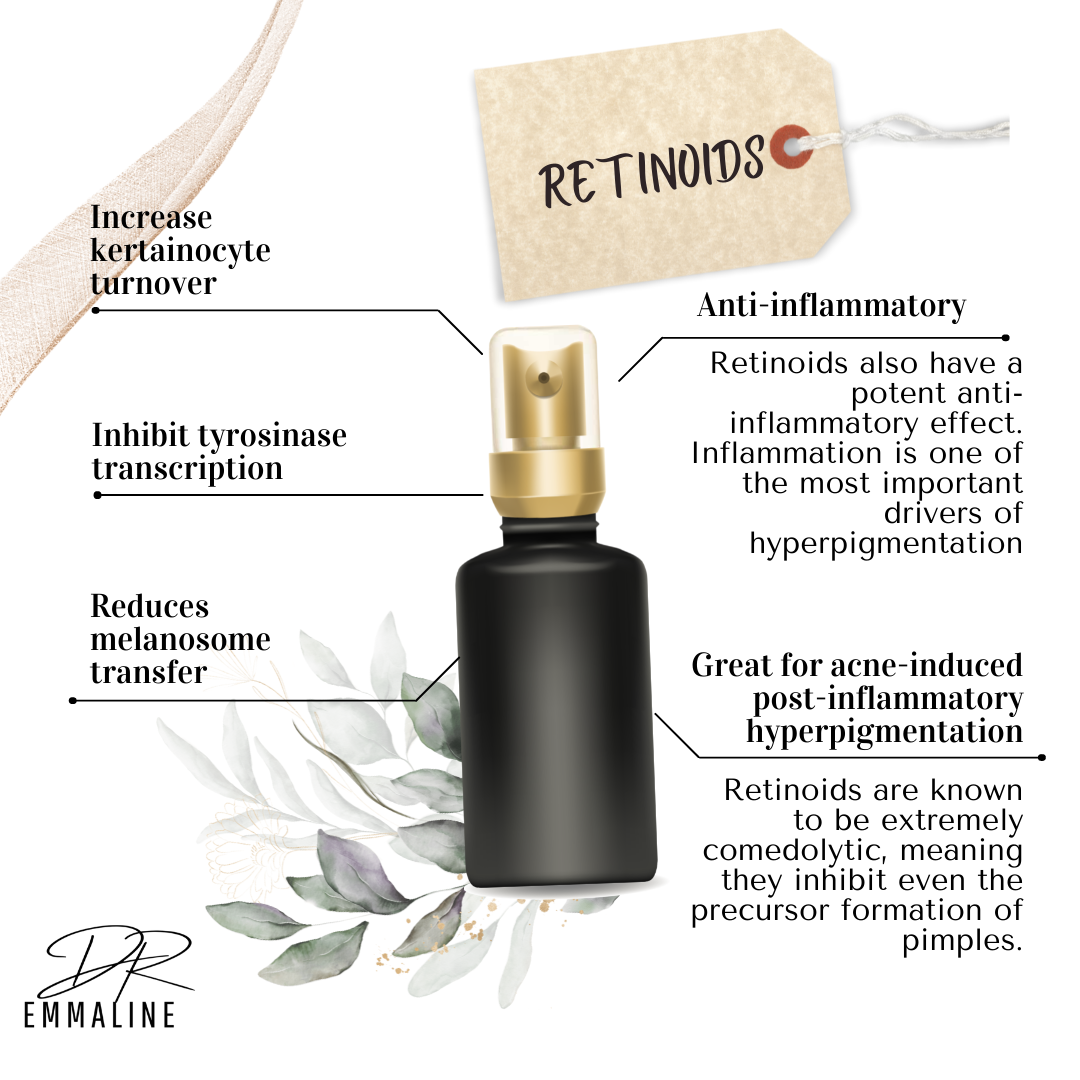
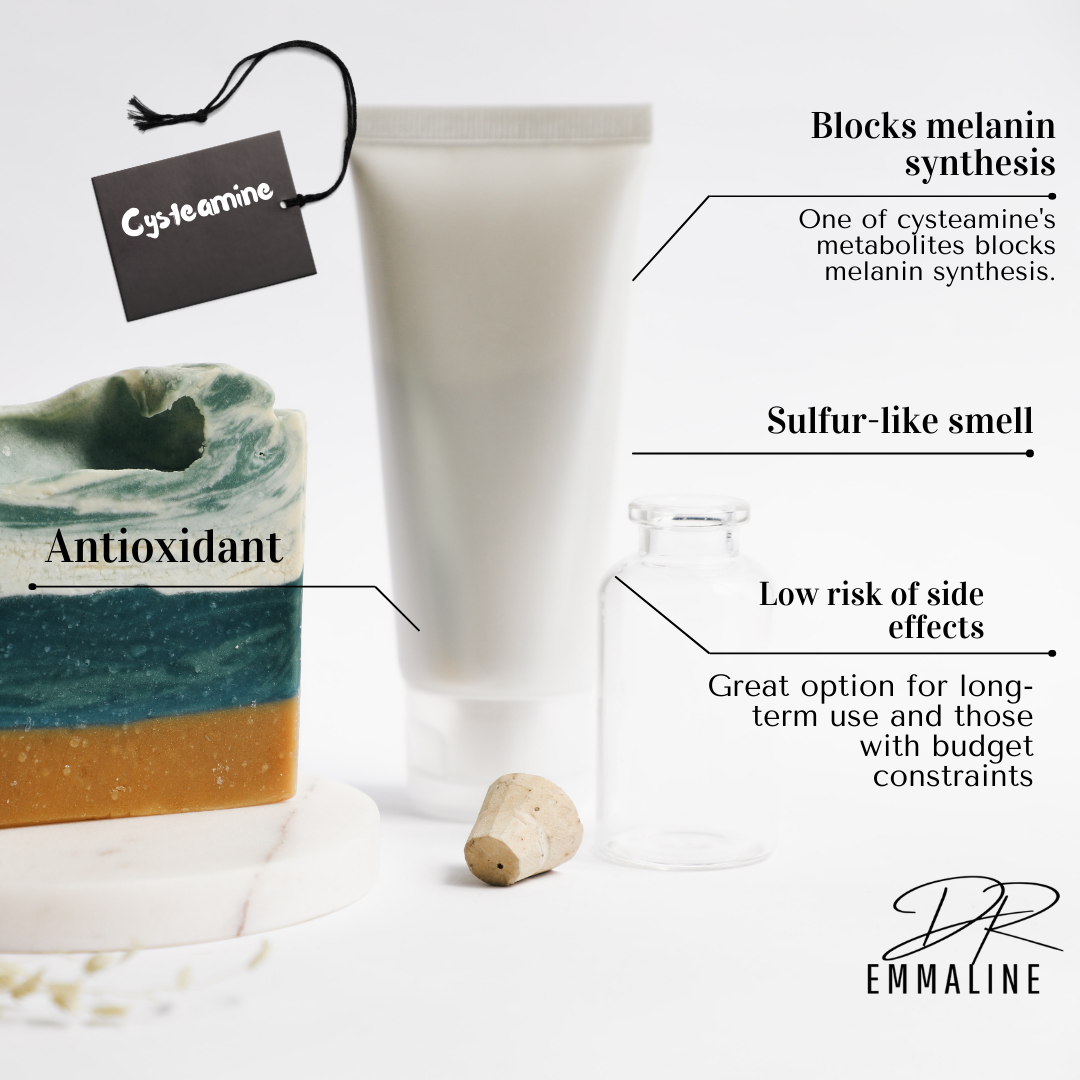



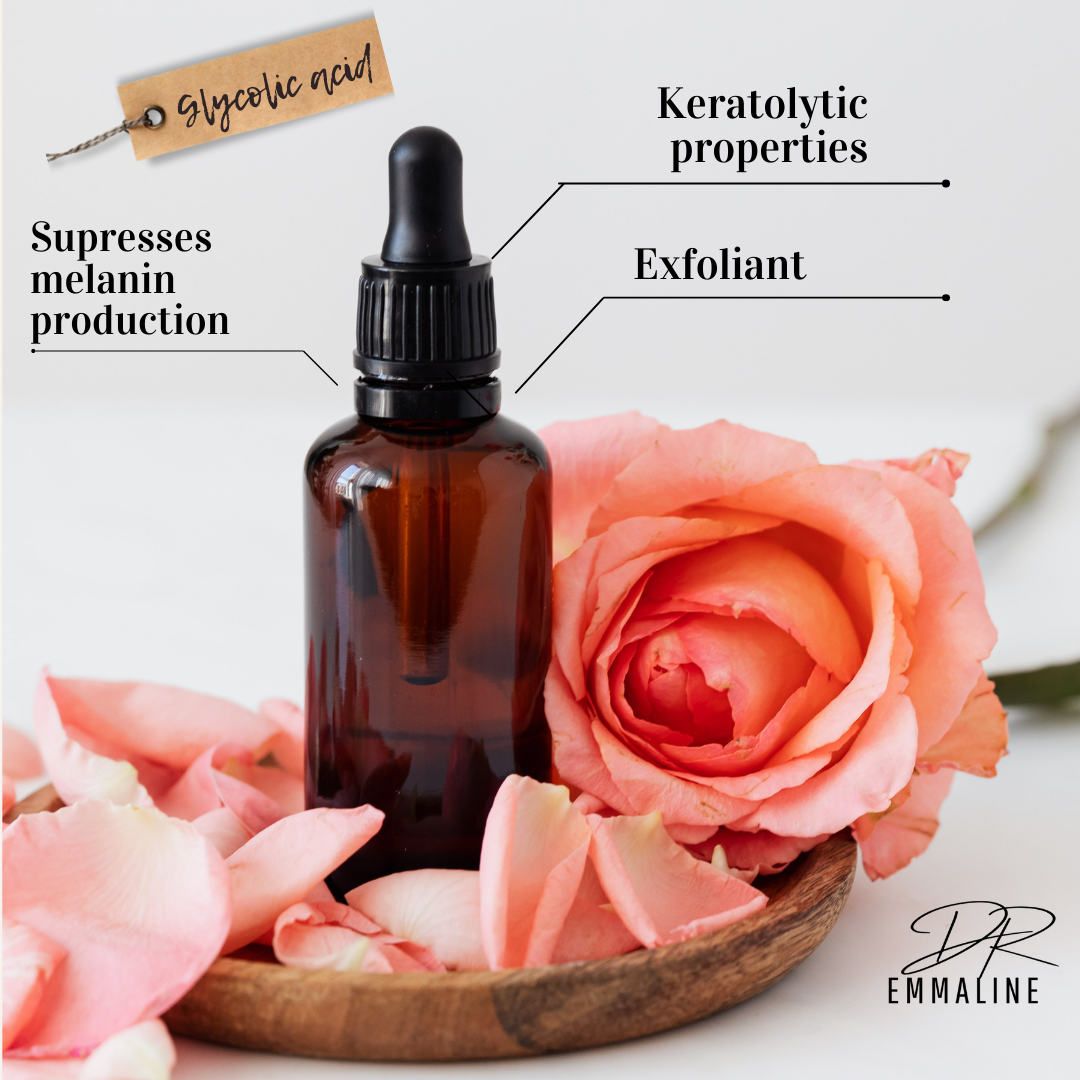
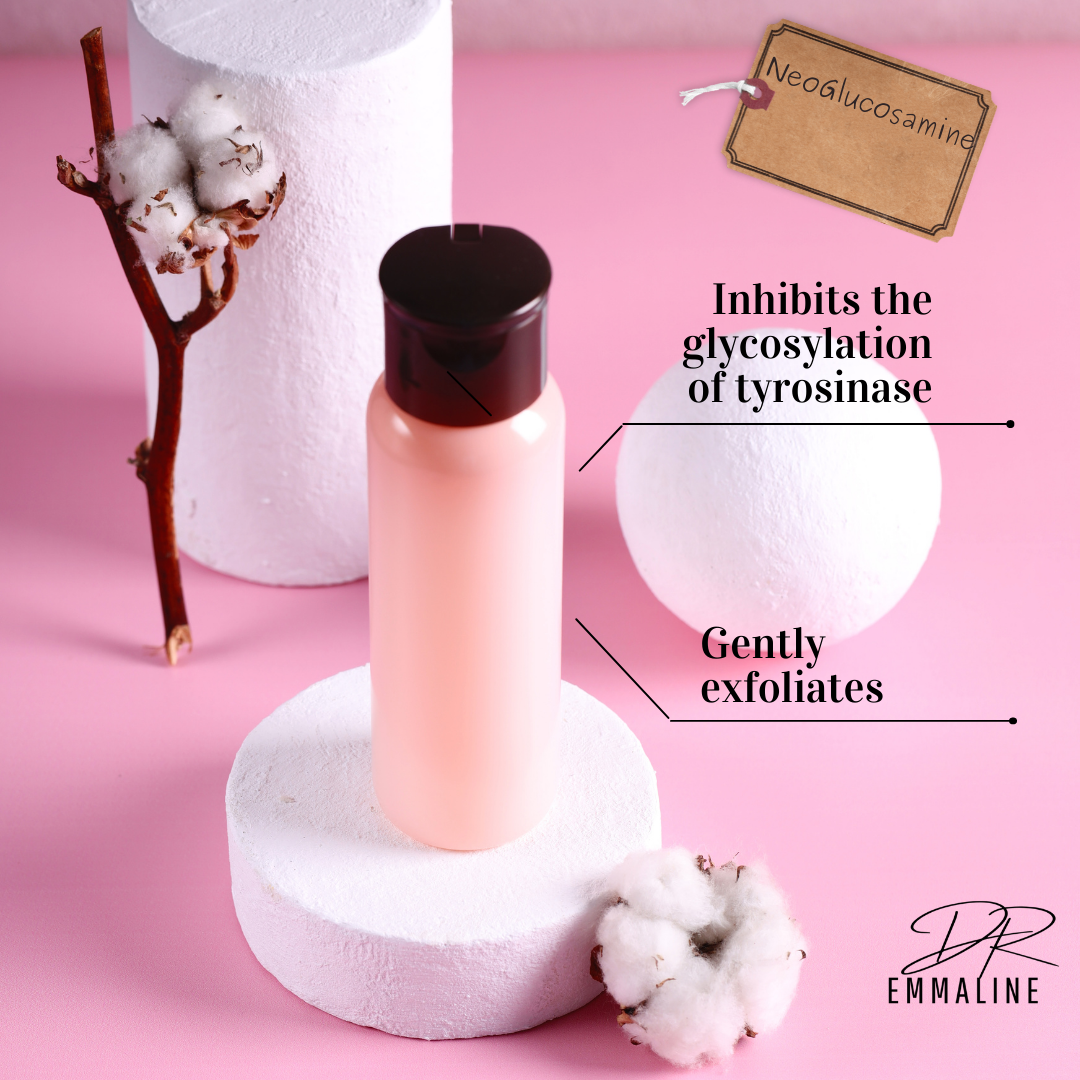
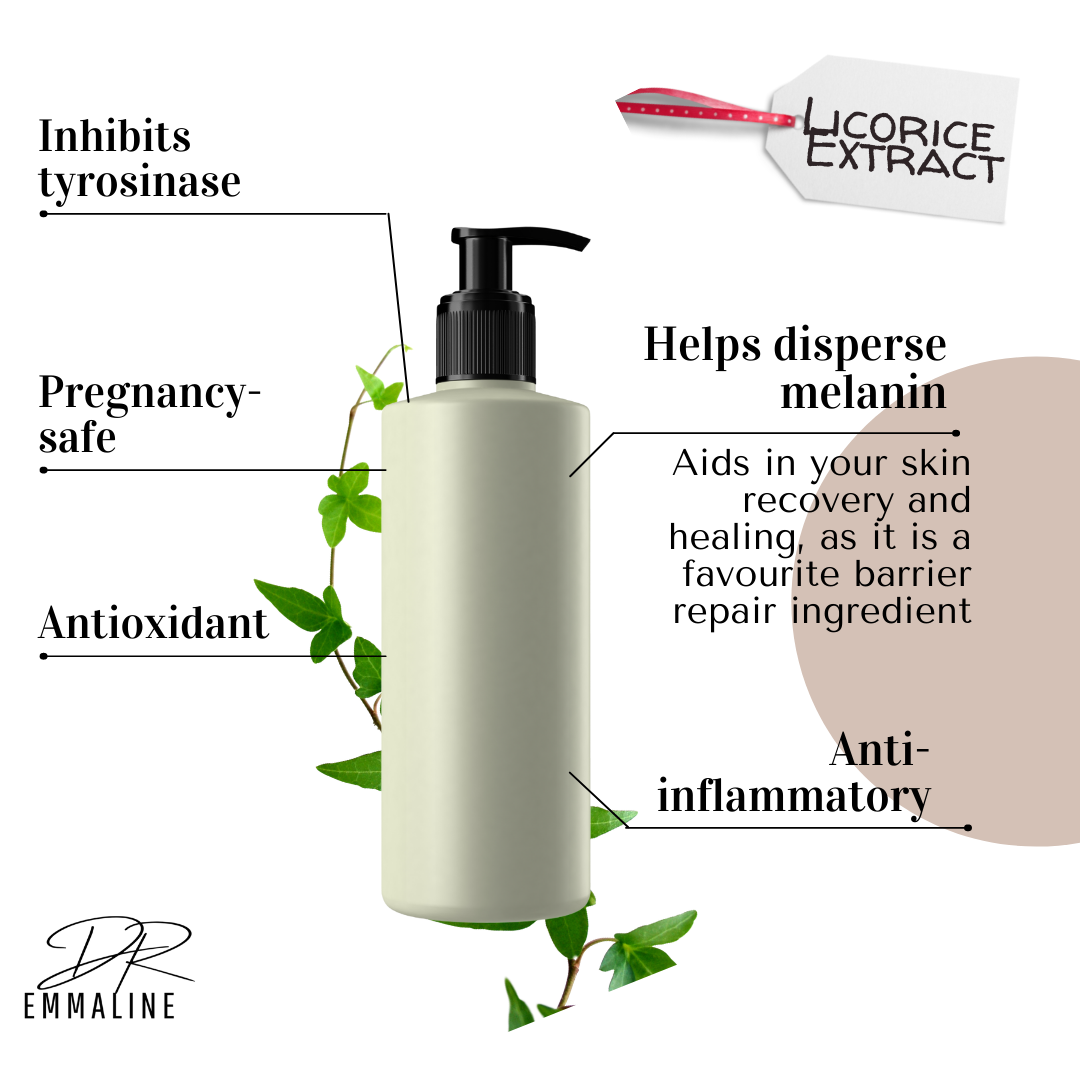




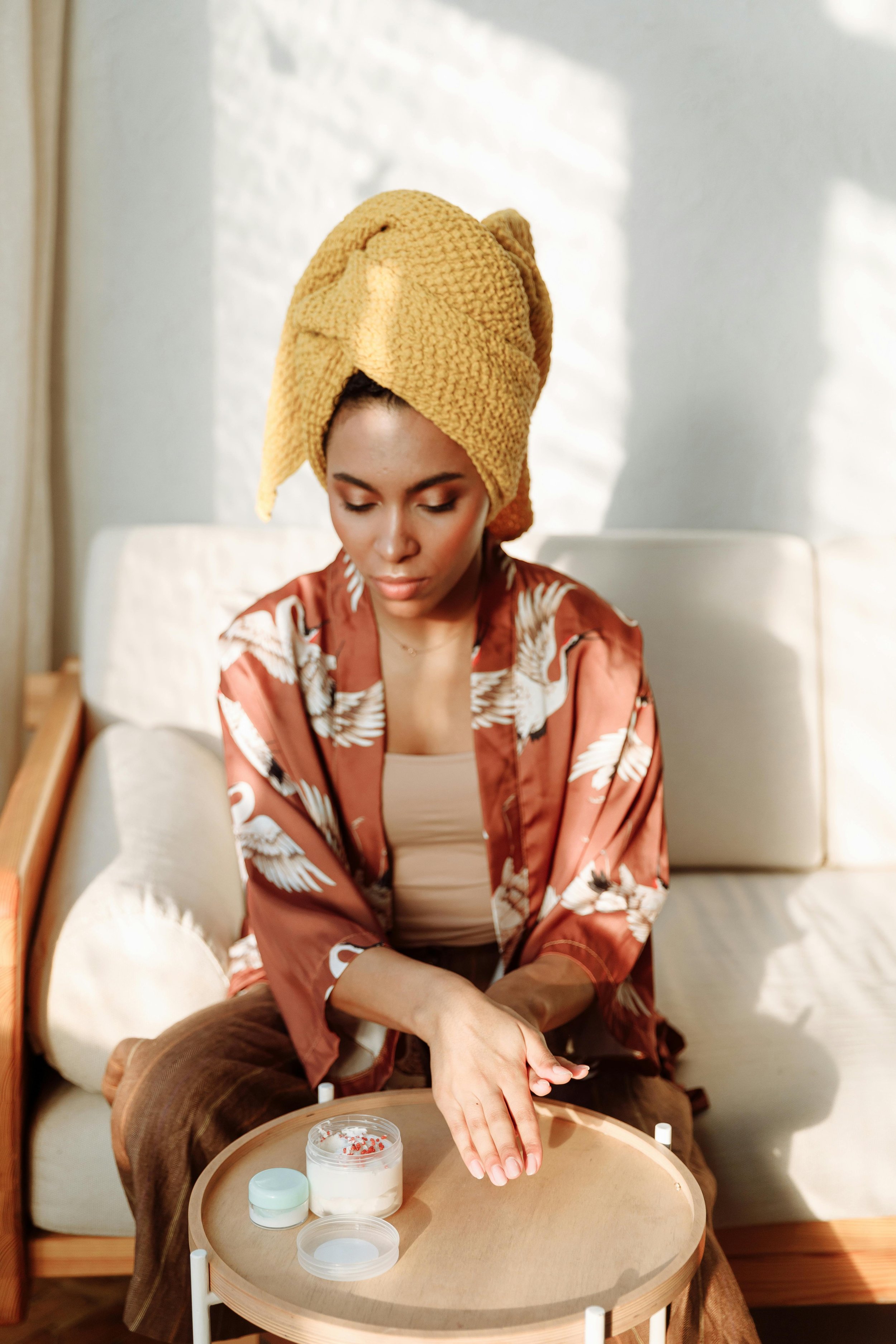
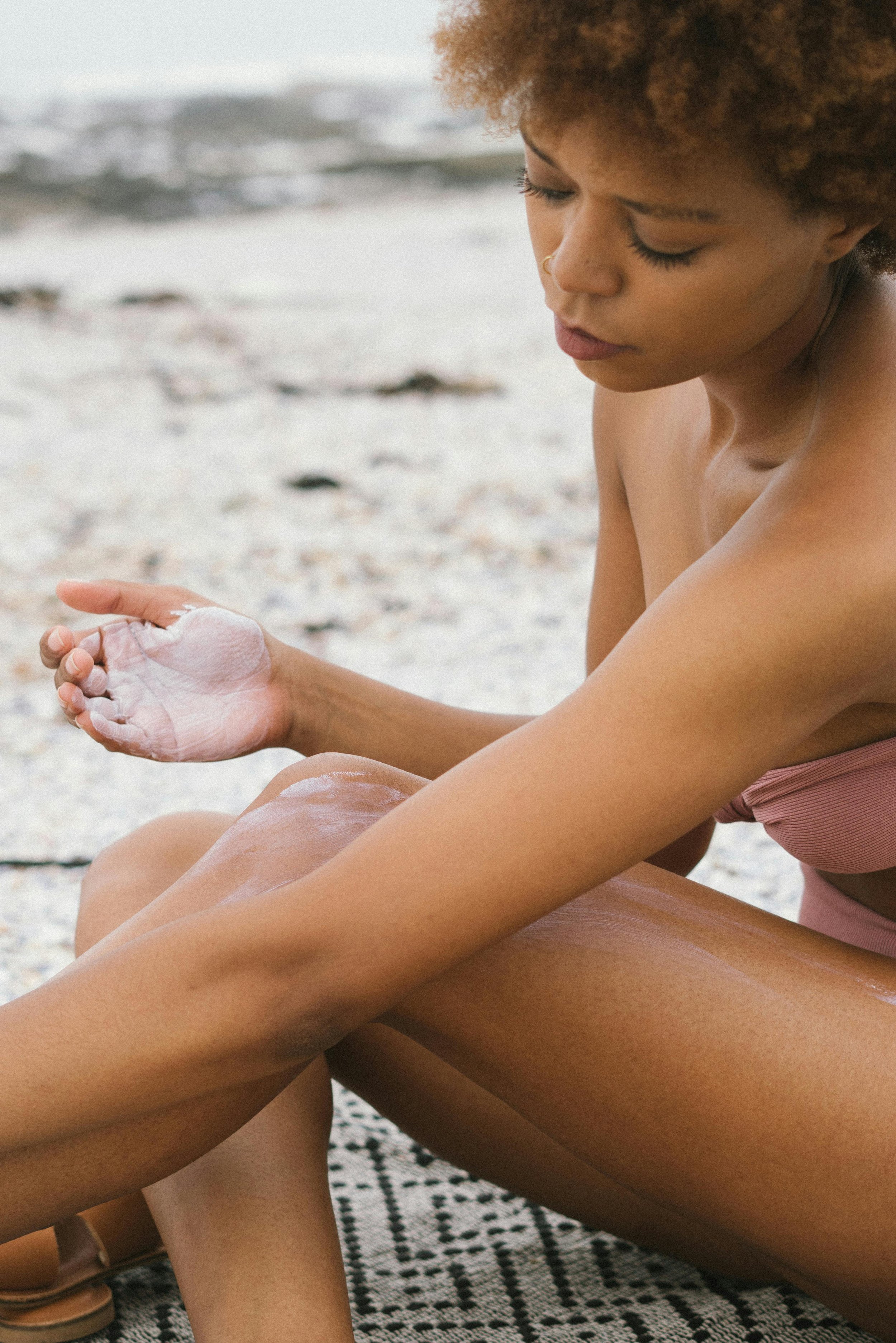
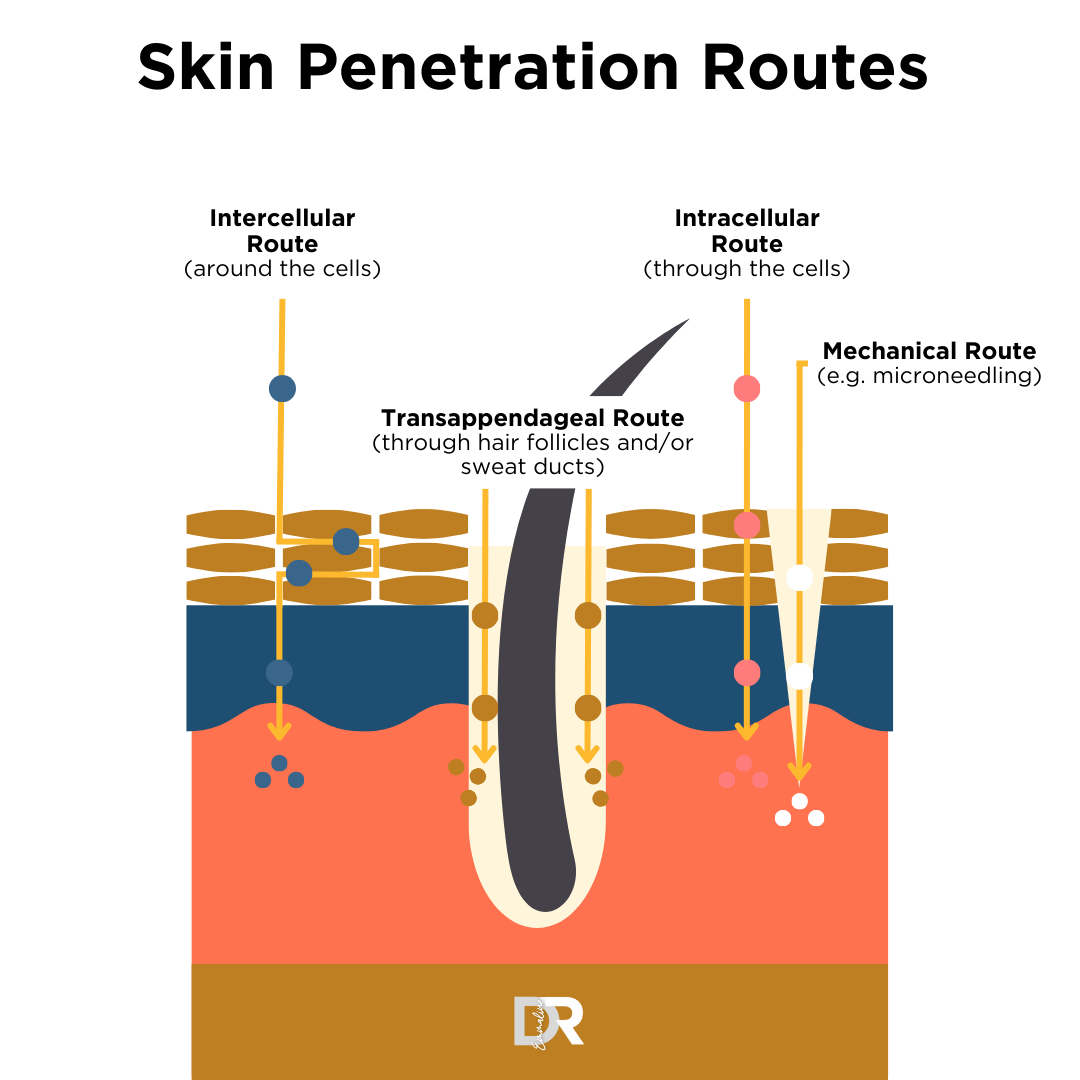
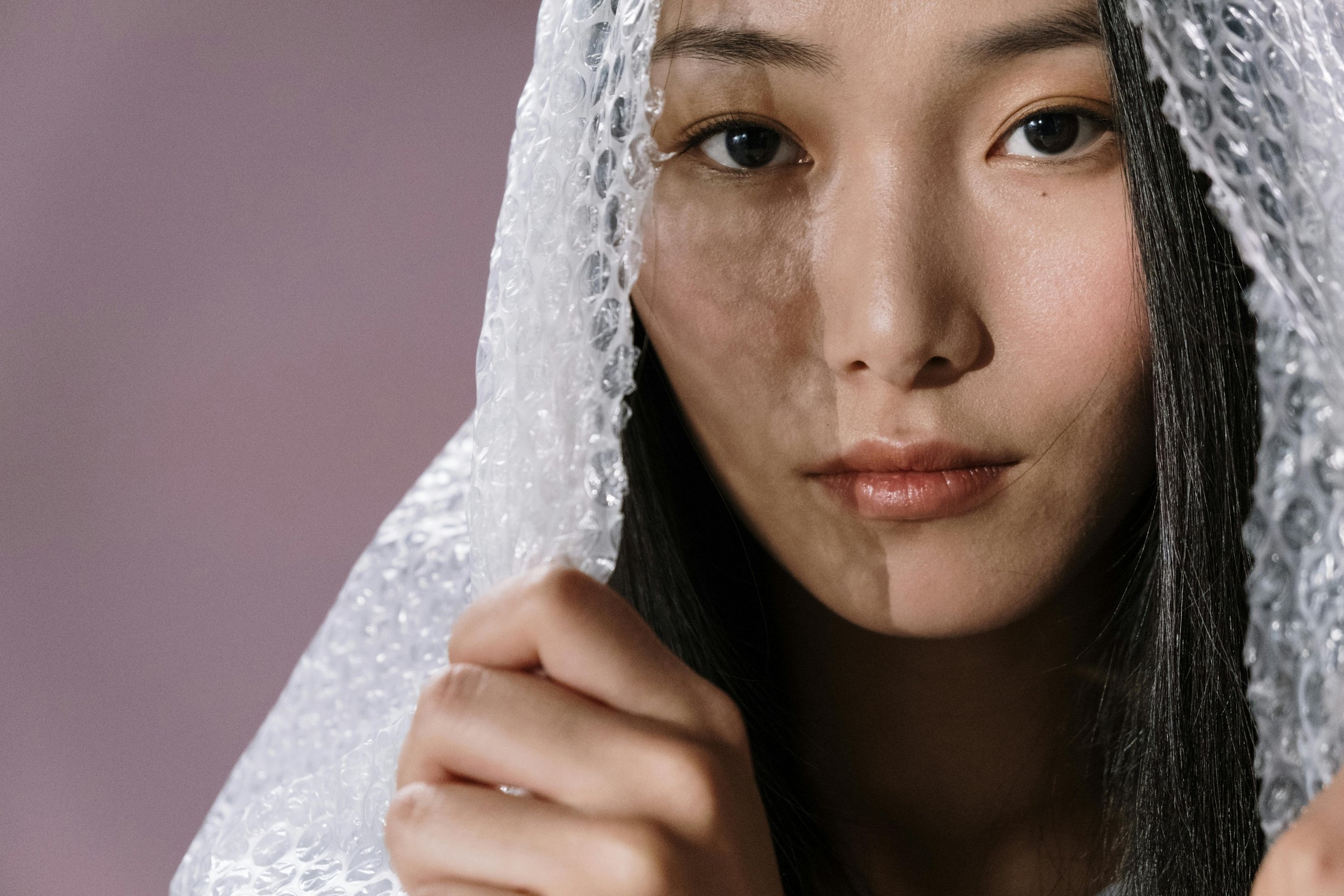




When it comes to skincare, acids have long been the stars of the show—think glycolic, salicylic, and hyaluronic acids. These tried-and-tested ingredients have earned their reputation for addressing common skin concerns such as acne, wrinkles, and dryness.
But did you know there are lesser-known acids that are starting to make their mark in the skincare world? While some have been used for centuries, others are still emerging in research. In this blog, we’ll introduce you to some skincare acids you may have never heard of, discuss their potential benefits, and help you decide whether they should make their way into your routine.